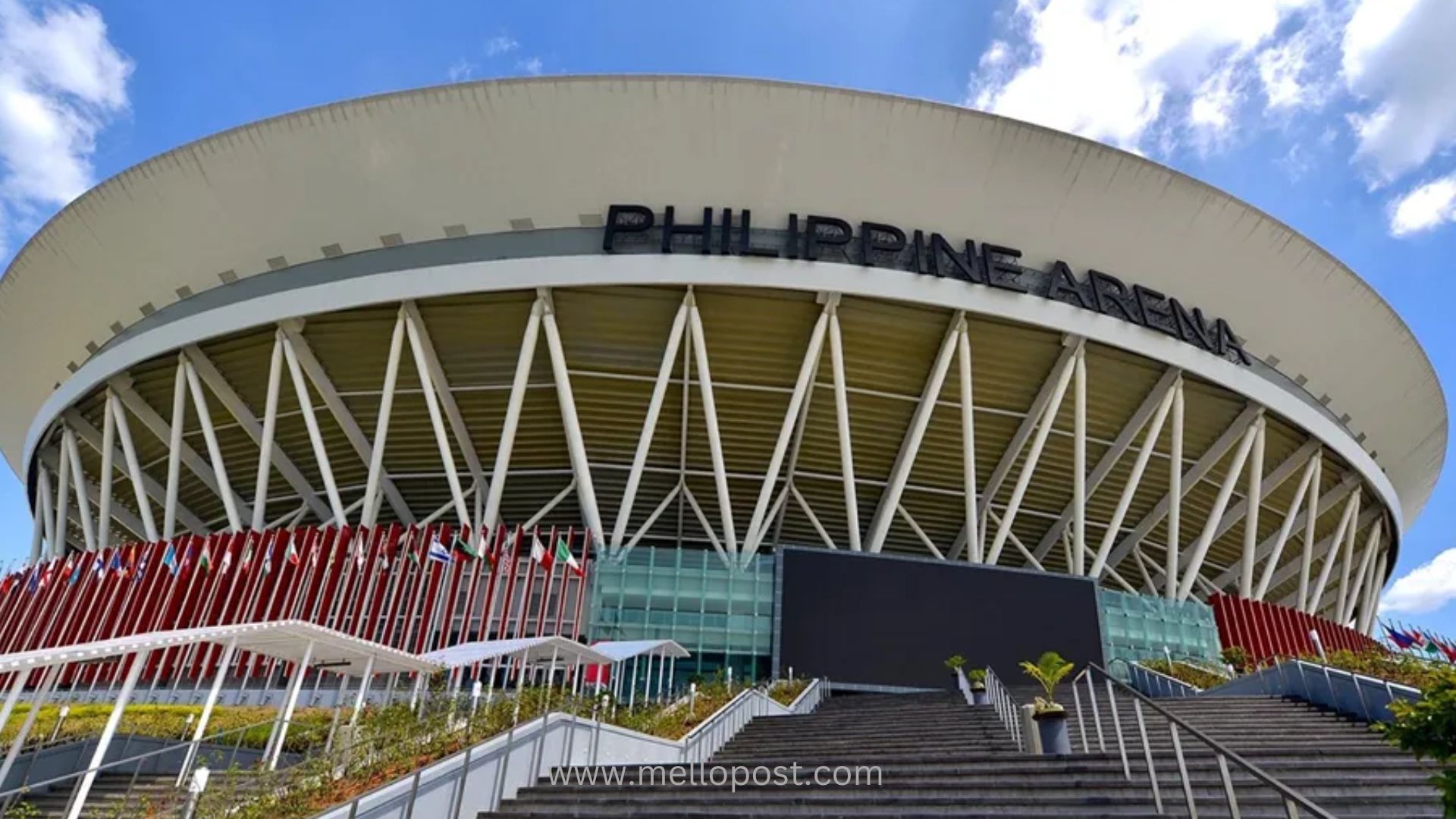
Top 10 Biggest Capacity Basketball Stadiums in the World
Basketball stadiums are designed not only to host games but also to create unforgettable experiences for fans with their scale, design, and electrifying atmosphere. The largest basketball arenas around the world boast impressive capacities, allowing tens of thousands of fans to witness the action live.
Here’s a look at the top 10 biggest basketball stadiums globally, detailing their capacities, locations, and unique features.
1. Philippine Arena
Location: Bocaue, Philippines
Capacity: 55,000 (Basketball configuration)
Overview:
The Philippine Arena, part of the Ciudad de Victoria complex, is the largest indoor arena in the world. Primarily used for basketball, this stadium can accommodate a staggering 55,000 fans in its basketball configuration. It’s designed with a flexible seating arrangement to cater to various events. The arena was inaugurated in 2014 and has hosted numerous high-profile events, including concerts, sports tournaments, and even the 2023 FIBA World Cup games.
2. Carrier Dome
Location: Syracuse, New York, USA
Capacity: 35,642 (Basketball configuration)
Overview:
Located on the Syracuse University campus, the Carrier Dome is the largest on-campus basketball arena in the United States. Primarily used for college basketball, it’s the home of the Syracuse Orange men’s basketball team. The dome’s capacity for basketball games stands at approximately 35,642, making it a major venue for NCAA games. The dome is unique as it also hosts football games and is covered by an air-supported roof, giving it a distinctive appearance and structure.
3. Rupp Arena
Location: Lexington, Kentucky, USA
Capacity: 23,500
Overview:
Known as one of the most iconic college basketball arenas, Rupp Arena is home to the University of Kentucky Wildcats. Opened in 1976, it has a capacity of 23,500, making it the largest dedicated basketball arena in the United States. Named after legendary coach Adolph Rupp, the arena has a passionate fanbase and is known for its loud and energetic atmosphere, especially during Kentucky Wildcats games.
4. United Center
Location: Chicago, Illinois, USA
Capacity: 23,500 (Basketball configuration)
Overview:
The United Center, home to the NBA’s Chicago Bulls, is one of the largest NBA arenas in the United States. Opened in 1994, it has a basketball seating capacity of 23,500, making it a premier venue in the NBA. The stadium is famously known as the “House that Jordan Built,” due to the Chicago Bulls’ success with Michael Jordan in the 1990s. It’s also known for its iconic statues of Jordan and the immersive fan experience.
5. Scotiabank Arena
Location: Toronto, Ontario, Canada
Capacity: 22,900 (Basketball configuration)
Overview:
Scotiabank Arena, located in downtown Toronto, is the home of the Toronto Raptors, Canada’s only NBA team. With a capacity of 22,900 for basketball games, it’s one of the largest arenas in North America. The arena has been the site of historic moments, including the Raptors’ 2019 NBA Championship run. Known for its modern facilities and electric atmosphere, Scotiabank Arena is one of Canada’s top sporting venues.
6. KFC Yum! Center
Location: Louisville, Kentucky, USA
Capacity: 22,090
Overview:
Opened in 2010, the KFC Yum! Center in Louisville is one of the largest arenas for college basketball, hosting the University of Louisville Cardinals. It has a seating capacity of 22,090, making it one of the largest in the NCAA. The venue features state-of-the-art facilities and has hosted various basketball tournaments, concerts, and other major events. Its prime location on the banks of the Ohio River makes it a central sports and entertainment venue in Louisville.
7. Dean E. Smith Center
Location:Chapel Hill, North Carolina, USA
Capacity: 21,750
Overview:
Known as the “Dean Dome,” the Dean E. Smith Center is the home court for the University of North Carolina Tar Heels. Opened in 1986, the stadium holds up to 21,750 fans, making it one of the largest on-campus basketball arenas in the NCAA. Named after legendary coach Dean Smith, the arena has seen many historic college basketball moments and is famous for its vibrant and loyal Tar Heels fan base.
8. Thomas & Mack Center
Location: Las Vegas, Nevada, USA
Capacity: 18,500
Overview:
The Thomas & Mack Center is located on the campus of the University of Nevada, Las Vegas, and is primarily home to the UNLV Runnin’ Rebels. With a capacity of 18,500, it’s one of the largest college basketball arenas. Opened in 1983, it has hosted NBA Summer League games and various basketball tournaments. Its central location in Las Vegas has made it a popular venue for major events and tournaments beyond college sports.
9. Wells Fargo Center
Location: Philadelphia, Pennsylvania, USA
Capacity: 20,478
Overview:
Wells Fargo Center is home to the Philadelphia 76ers of the NBA and has a basketball seating capacity of 20,478. Opened in 1996, this arena is part of the vibrant sports complex in South Philadelphia. Known for its passionate fans and intense atmosphere, the Wells Fargo Center has hosted numerous playoff games, concerts, and even NHL games. It’s one of the top sports and entertainment venues on the East Coast.
10. Madison Square Garden
Location: New York City, New York, USA
Capacity: 19,812
Overview:
Known as the “World’s Most Famous Arena,” Madison Square Garden is home to the NBA’s New York Knicks. With a capacity of 19,812 for basketball games, it is one of the most iconic sports venues globally. Opened in 1968, MSG has hosted countless historic NBA games, concerts, boxing matches, and other major events. The arena is known for its prime location in Manhattan and its intense fanbase, making it a staple of New York City’s sports culture.
Conclusion
These basketball stadiums not only boast large capacities but also represent the passion and cultural significance of basketball worldwide. From the historic Madison Square Garden in New York to the massive Philippine Arena, these venues have become landmarks in the world of sports, providing fans with unforgettable experiences and housing some of the greatest moments in basketball history.